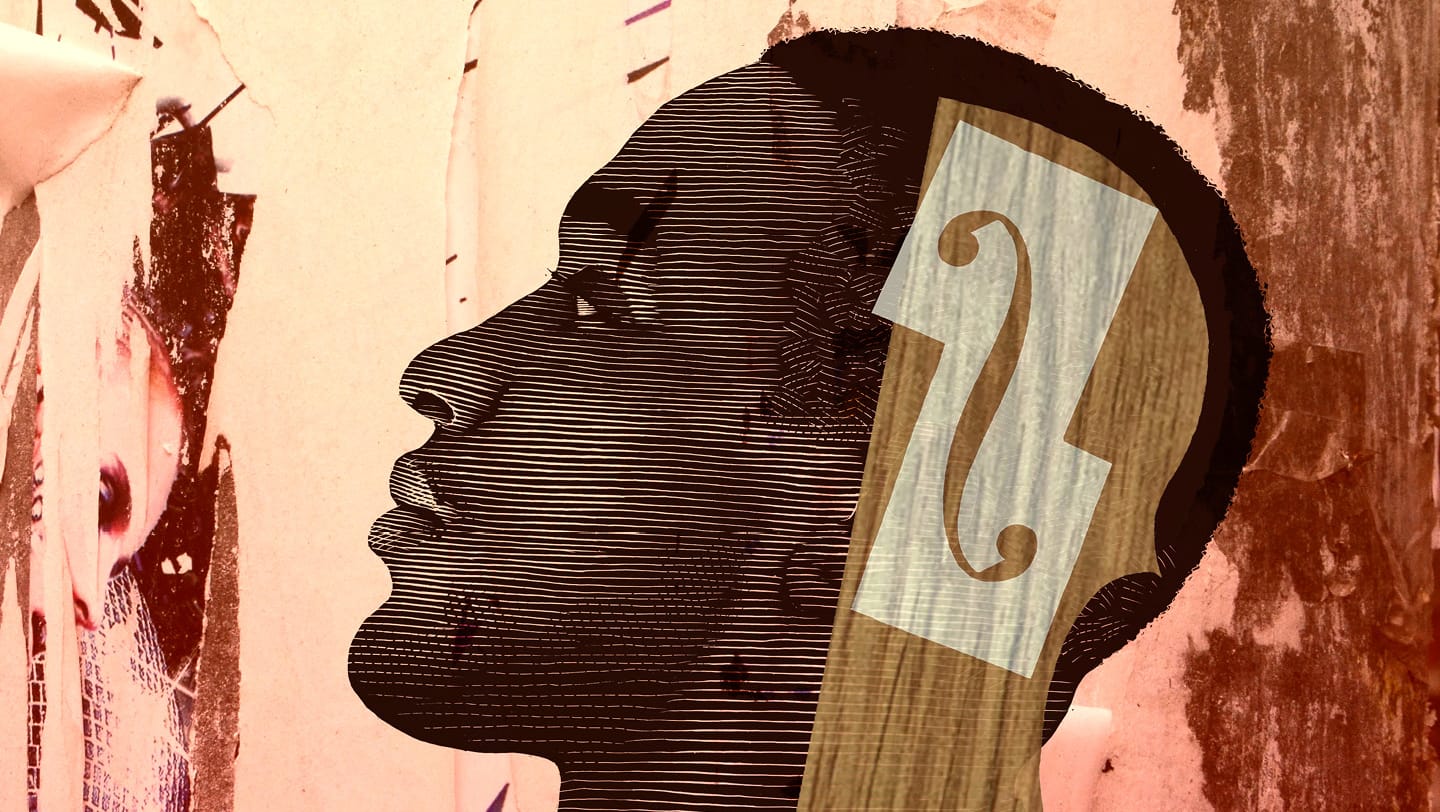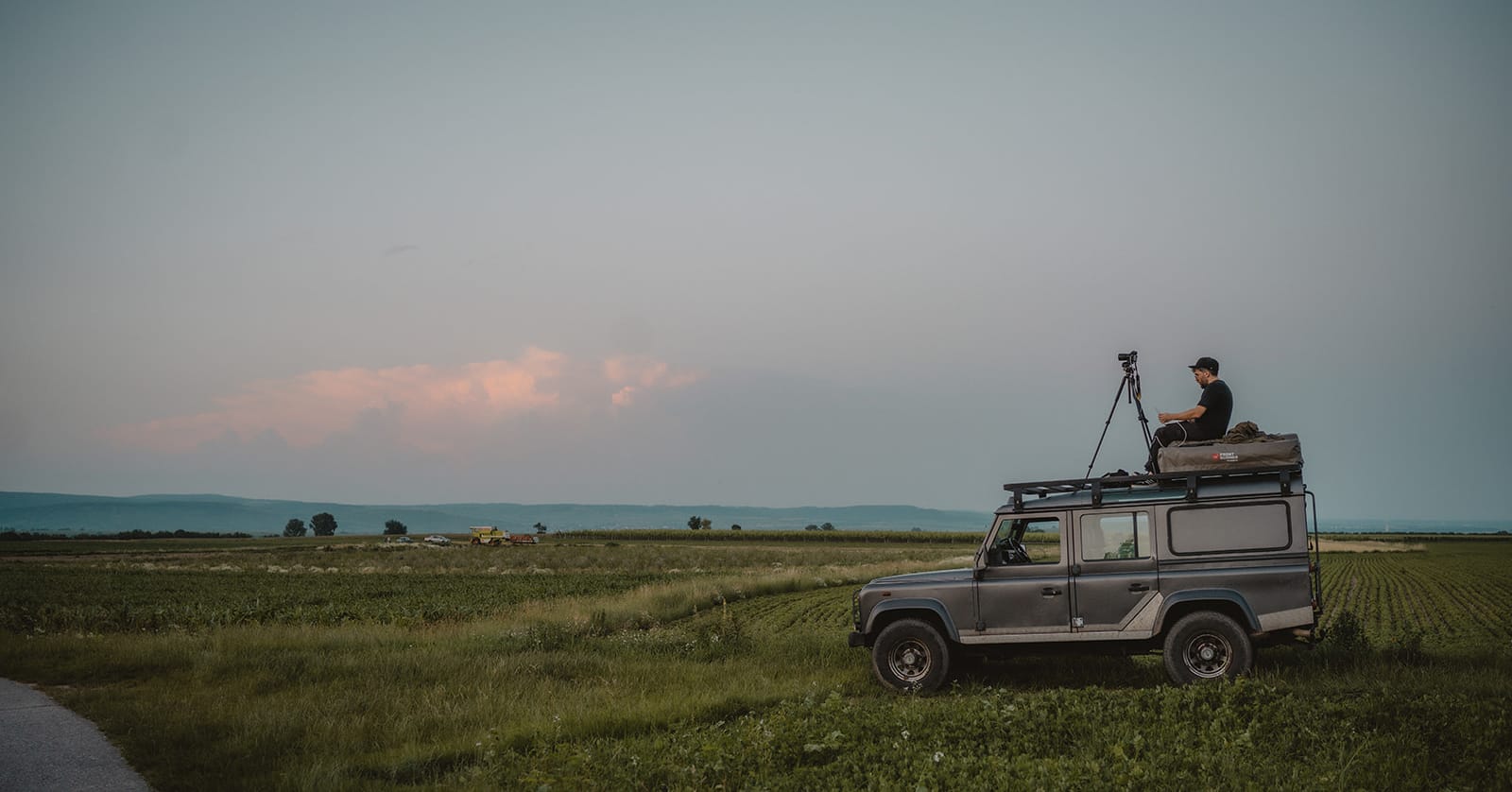Preserving the Past During Wartime
An interview with Oleksiy Makukhin, CEO of the Babyn Yar Holocaust Memorial Center, on how Russia's invasion of Ukraine has disrupted the centre's activities and forced it to question its approach to memorialization.
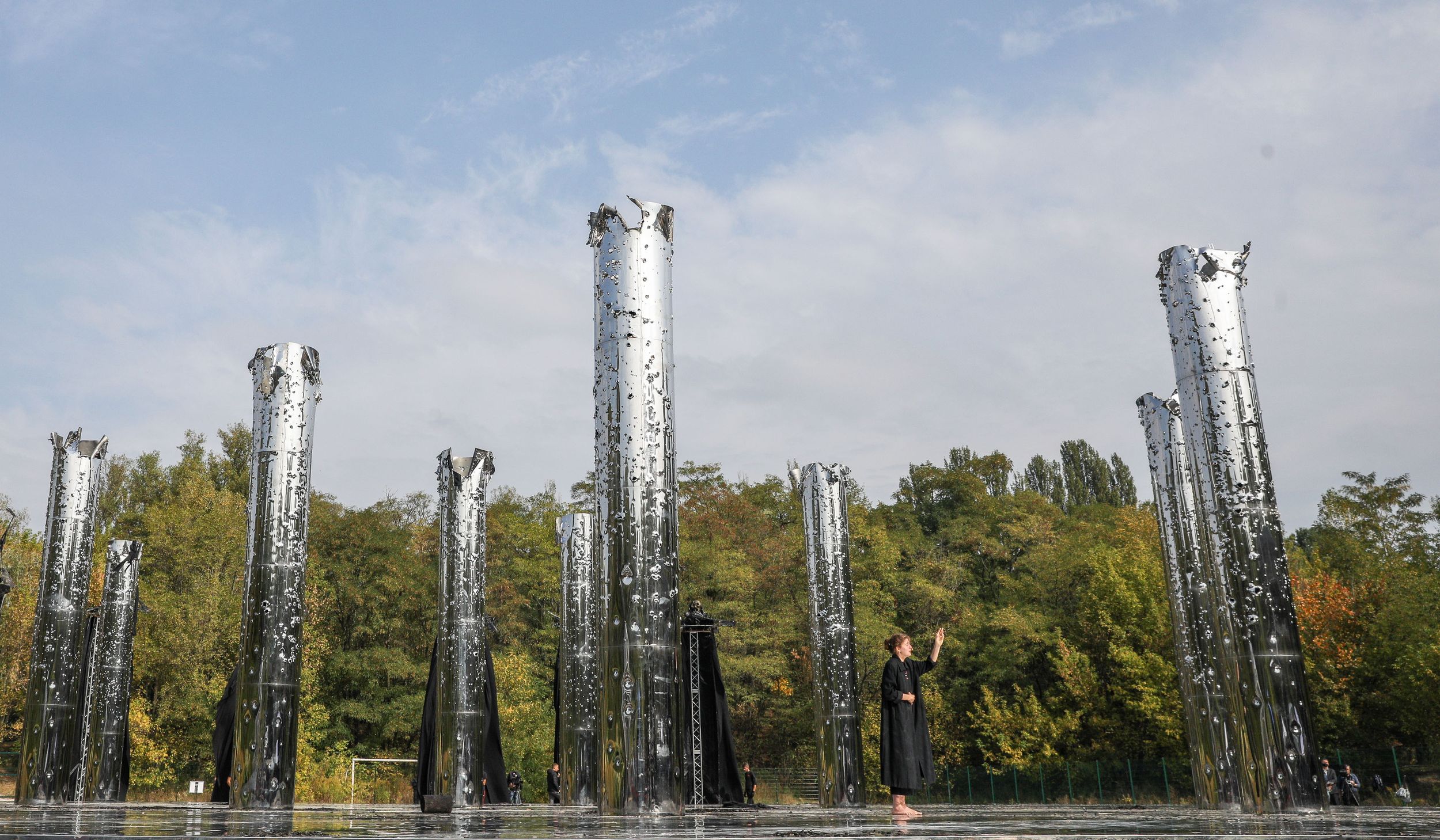
“Yes, we are people who have no experience in making museums,” says Oleksiy Makukhin, CEO of the Babyn Yar Holocaust Memorial Centre, “but other, related, creative experiences. Otherwise it would be more reasonable to hire a professional museum manager.”
A native of Kyiv, Makukhin has been with the memorial centre since 2020, arriving from a background in filmmaking and strategic communications, including a stint with Ukraine’s Ministry of Defence as an advisor on public affairs. You’ll find nothing about museums on his CV. Fortunately, the centre was never meant to be a museum or commemorative project in the traditional sense. As with any major Holocaust museum, archival work, the collecting of artifacts, and historical research are central to its mandate, but when it comes to physical memorialization of the 1941 massacre of Kyiv's Jewish population at Babyn Yar, the centre has opted for a more unconventional, even avant-garde, approach.
At the Mirror Field installation, ten stainless steel columns riddled with bullet holes the same calibre as those used by German soldiers rise from a reflective platform; the sounds of an electroacoustic organ provide the backdrop to a recitation of the names of the dead. (Assembling an accurate list of those killed at Babyn Yar has been one of the centre’s projects.) Elsewhere on the site, the wondrous new synagogue designed by Manuel Herz completely upends the usual sobriety and monumentalism of commemorative architecture, the structure opening and closing like a hand cranked pop-up book. Herz’s synagogue is currently the subject of an exhibition at the Koffler Gallery.
Russia’s invasion of Ukraine has put a halt to many of the memorial centre’s activities and plans. According to Makukhin, even its original vision for the site will need to be reevaluated. “I think we realize that when the war is over, all of us, not just our organization, but more broadly Ukrainian society, will probably want to rethink the approach to memorialization.”
Makukhin spoke with Arcade during his recent visit to the Koffler Gallery while in town for the Toronto International Film Festival.
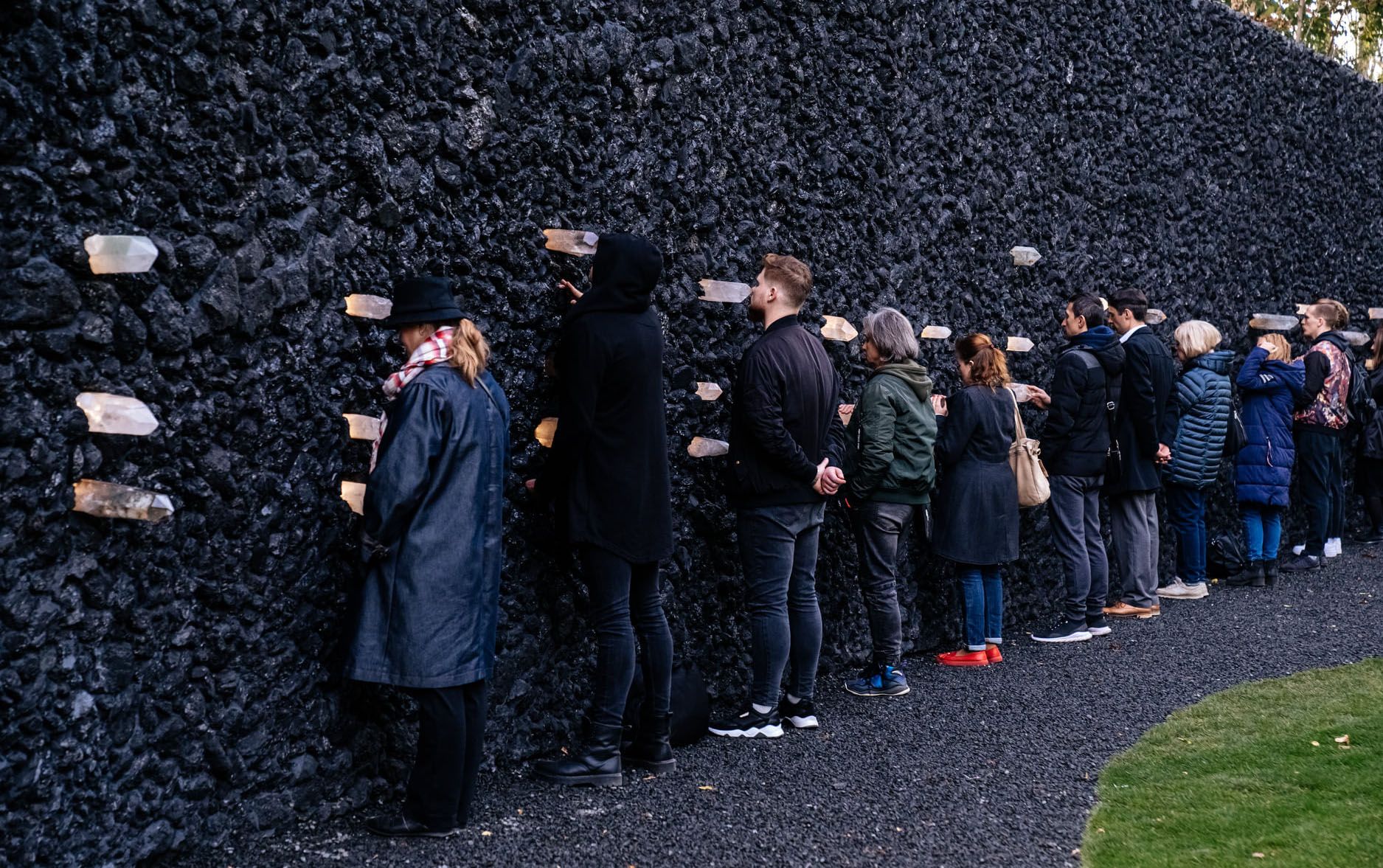
Marina Abramović’s installation Crystal Wall of Crying at Babyn Yar. (All photos courtesy Babyn Yar Holocaust Memorial Center)
How do you even operate and plan for a memorial centre at a time like this, with so much uncertainty?
Of course, when this full-scale invasion started on the 24th of February, 2022, we were thinking about very different things, not about operating a memorial centre. Our focus was just to preserve what we had. First of all, we evacuated lots of people, not just those who worked for us, but who were just related somehow to Babyn Yar or the foundation. Then we evacuated the art collection, because we have an extensive art collection covering the Jewish world of the 20th and earlier centuries—pieces of art, books, Torahs, chandeliers from synagogues, thousands of photographs, some of them very unique.
But it's the story of almost all organizations in Ukraine at that time, so we were not in the most difficult position. Everyone was thinking what to do. And at that time it was not clear how long the war would go on. We were still counting in weeks. Maybe it's one week more, maybe it's the end of the month. Then at a certain point it became clear it's not about weeks, but in the best case about months. Now we understand that it's about years.
After a few months, we realized we would need to operate in this new mode, so we made the decision to cut most of our activities, and, of course, cut our budget. About 80 percent of the funds which we had at that moment were redirected to humanitarian needs related to the war. With the funds we had left over, we would need to cover the most basic operations—maintaining and protecting the collection, security for the area, costs just related to repair, electricity, cleaning.
Now we are focused on the archive project. Not that we weren't doing it before, but now it's probably the main focus. We stopped all construction, including for this big project called Kurgan.
What does the archiving involve?
Digitizing documents, putting them on our website for free, so anyone can view them easily. There are now 3.5 million items in the archive, but we have the ambition over the next two years to save all archives connected to Jewish history in Ukraine. Which is about 16 million documents. Because of the war, many of these archives are in danger. If an archive is destroyed, that’s it, you don’t have this part of history anymore.
I suppose it’s one thing to put operations on hold, but in effect you’ve had to put your vision for the centre on hold as well.
Not so much, because I think we realize that when the war is over, all of us, not just our organization, but more broadly Ukrainian society will probably want to rethink the approach to memorialization. Our nearest vision is that we want to complete Kurgan, which we need to fundraise from scratch. The cost of this project is about four to five million dollars. But beyond that, our vision for the centre needs to be discussed again.
How has Russia’s invasion shifted your thinking about that vision going forward?
There is a popular debate now, whether it's appropriate or relevant to bring together stories of the Holocaust with stories from the current war. We have the position that certainly we can compare the experiences, but of course you can’t group them together. The role of Holocaust museums and foundations is to study that tragedy as accurately as possible. What were its origins, what were the mechanisms behind it?
The same should be done with regards to current Russian crimes, what is this architecture behind this evil? But let’s be clear that they are very different. Connecting them in some way makes for a poor analysis for both sides. It's important for museums such as ours to keep this accurate academic approach in studying just this specific topic.
But I think overall that our approach to memorialization might change. Before the invasion, we had this idea that we need to show the Holocaust as boldly as we could, with the idea that it should never happen again. Maybe after the war people will be so traumatized that it's not appropriate anymore to show it in this way.
The centre helped produce Sergei Loznitsa’s 2021 documentary Babi Yar. Context, which is entirely composed of archival footage. But it ignited a backlash in Ukraine over the inclusion of scenes where locals, particularly in Lviv, were seen welcoming the German army in 1941. The film’s critics say Loznitsa failed to show sufficient context for why that might be the case. Especially now with Putin’s invasion, and his absurd claims about “de-nazification”, talking about this time in history obviously remains problematic for many Ukrainians.
Some people have even called the film anti-Ukrainian, because of this footage of people welcoming Nazis. First of all, it's good that we can have different opinions, that we can actually have a debate about it in Ukraine.
Secondly, our position as a foundation is simple. We try to give voices to prominent artists. So the vision was not to build one museum, but to build or create several objects with different artists, architects, designers, whoever. And, of course, to admit everything, and start from the facts.
These are facts that there was some collaboration, but, of course, then we need to put it into context. At that point, Ukraine had been suffering under Bolshevism for 20 years, and it had experienced the Holodomor [the famine-genocide of 1932-33 during which an estimated 5 million Ukrainians died]. Especially at the beginning of the war, there was no notion yet about the Holocaust, and there was not much media at the time in the Soviet Union. That some of the population treated the Germans at first as liberators is not surprising. They thought maybe it was better than being under Bolshevism.
We believe in putting as much context as we can to understanding what happened. That's why we support many projects, not just one. Then people should read, think, and discuss.
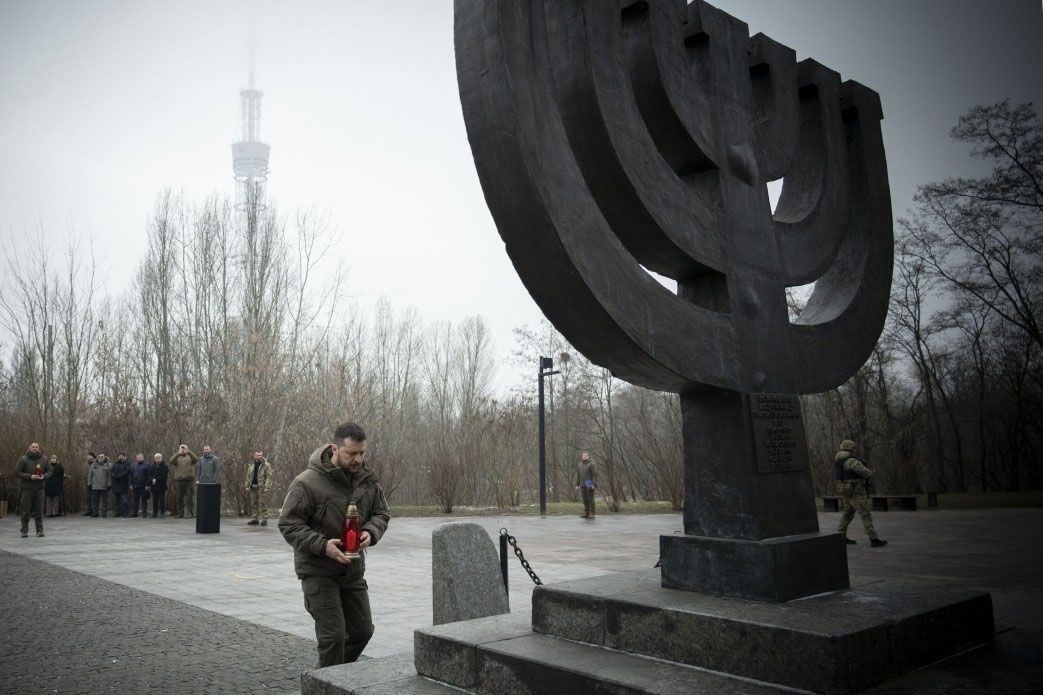
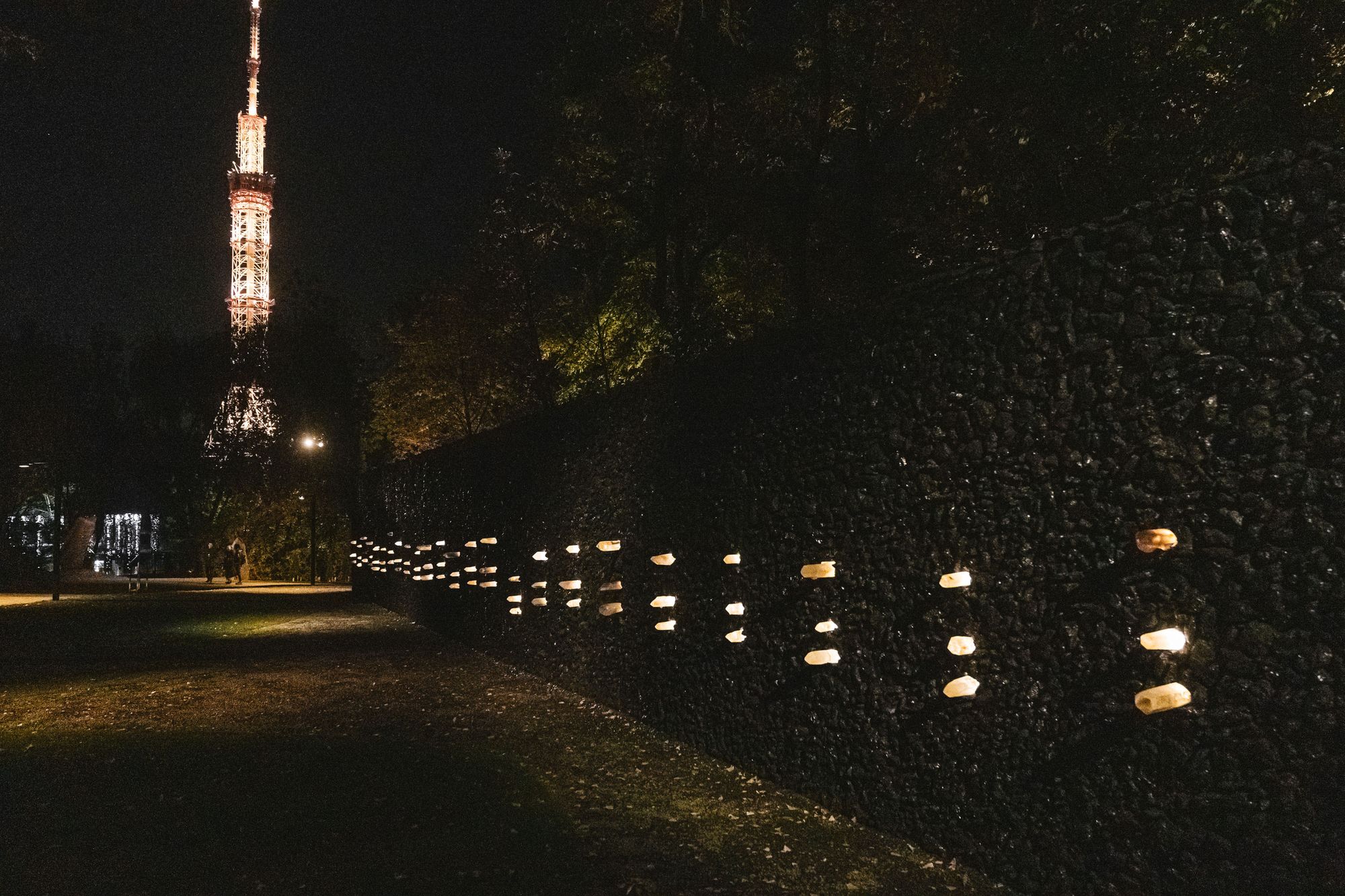

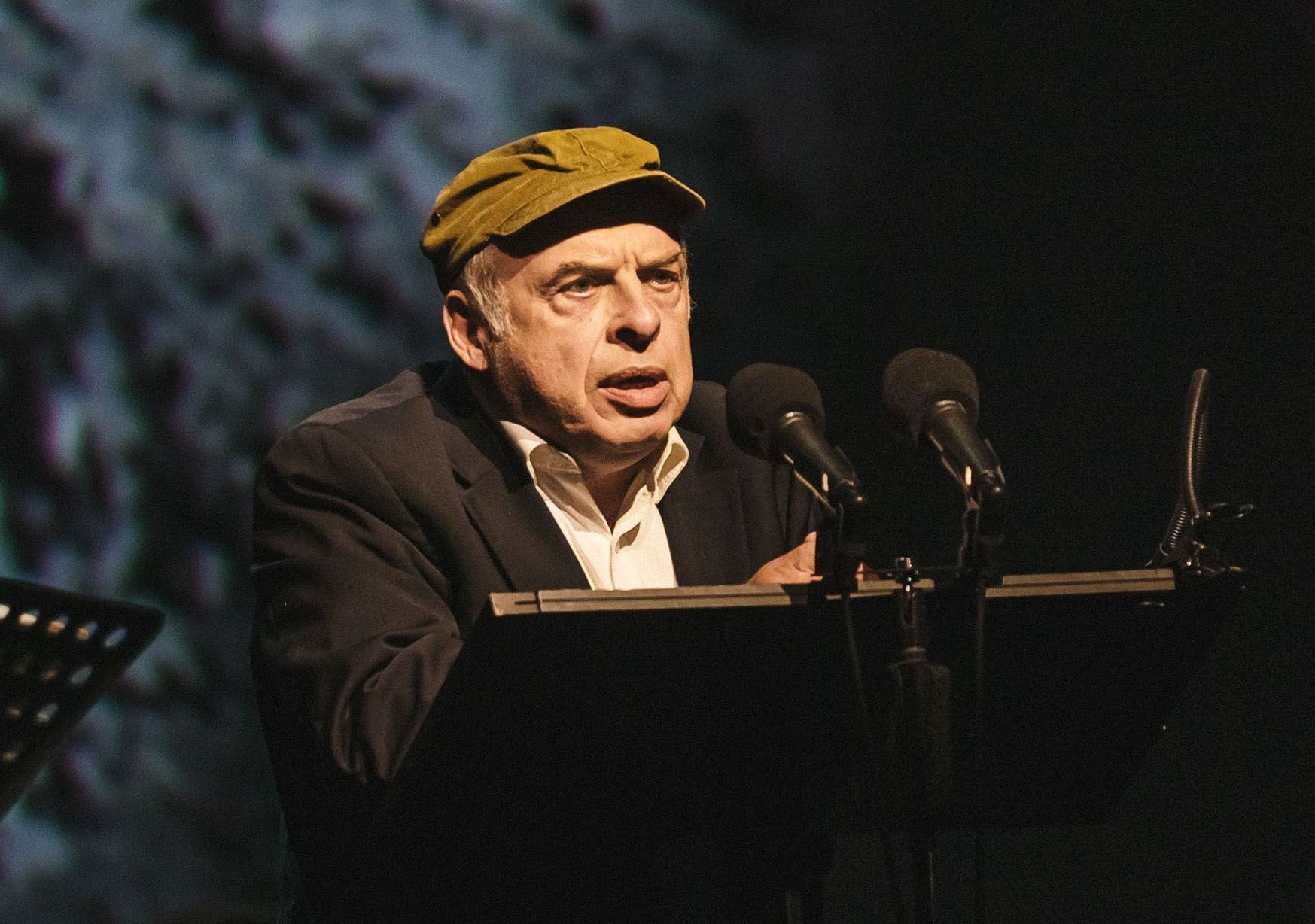
Clockwise from top left: Ukrainian President Volodymyr Zelensky visiting the Menorah monument at Babyn Yar, inaugurated on the massacre's 50th anniversary in 1991. Abramović’s Crystal Wall of Crying at night. Soviet dissident and Israeli politician Natan Sharansky, a member of the memorial centre's supervisory board, at a commemorative service. Interior of the new synagogue designed by Manuel Herz.
You actually grew up not far from Babyn Yar, in Kyiv. What did you know about the place growing up?
I grew up and went to school not far from Babyn Yar, but before coming to work here I went maybe three or four times. The first time I was a student just walking there with friends, but we were stopped by police within the first five minutes. They looked us up and down, because to them it was very suspicious why people would go for a walk in such a dark, forgotten place. At the time there was nothing there, it was just forest. And it’s a very large territory.
So it was suspicious, just to go for a walk there.
Yes, and it's still the place, for example, where you get something like drugs purchased through the Dark Net. When you have to leave something for someone else to collect it, the place is Babyn Yar.
But when you were younger, how aware were you about what had happened at Babyn Yar? Obviously, during the Soviet Union, much of that history—
It was erased. I’m not Jewish, so maybe if I was from a Jewish family I would be more aware, but for most people we didn’t know much. I knew that something happened at Babyn Yar, that lots of Jews were killed, but that's it. On average, I think that’s all that most people who don’t have some connection to Babyn Yar know about it. A lot of people still don’t know about the new synagogue, or the centre’s other projects there. If you do not live nearby, it's still rather a forgotten place.

In addition to your studies in foreign relations, and your time in the ministry of defence, you have also worked as a filmmaker. Your predecessor, who laid much of the creative groundwork for the foundation’s memorial projects, Ilya Khrzhanovsky, is also a filmmaker. Neither of you have the typical background for running a museum or foundation. How has that been reflected in the foundation’s vision or approach?
The idea behind the foundation was always that it wouldn’t be a typical museum. Yes, we are people who have no experience in making museums, but other, related, creative experiences. Otherwise it would be more reasonable to hire a professional museum manager, but because we're making this multi-disciplinary, multi-platform project, it was on purpose that people were taken with these other experiences.
For instance, the synagogue. We only had a few months to build it. I have no experience building a synagogue, not even a house. Also, it was a synagogue that moves, that opens and closes. Any person with proper experience would say no, it’s not possible in such a short time.
We talked to an engineer in Switzerland to help with the construction. He was very excited and said, “Give me six months to think about it.” I said, okay, thank you, sorry but we have only two months to build it. I had to start looking for some crazy people who could help make this happen, and fortunately I was able to find them at the University of Lviv.
If I didn’t have this previous experience with filmmaking, of solving problems you’re not used to solving, we wouldn’t have been able to do it. In cinema, you are often making things you never made before. You’re always trying to find some other way to make something happen. Of course, in cinema the set only needs to stand for one day, maybe three days, and then it doesn't matter. But here, obviously, it matters. Fortunately, it worked out.



